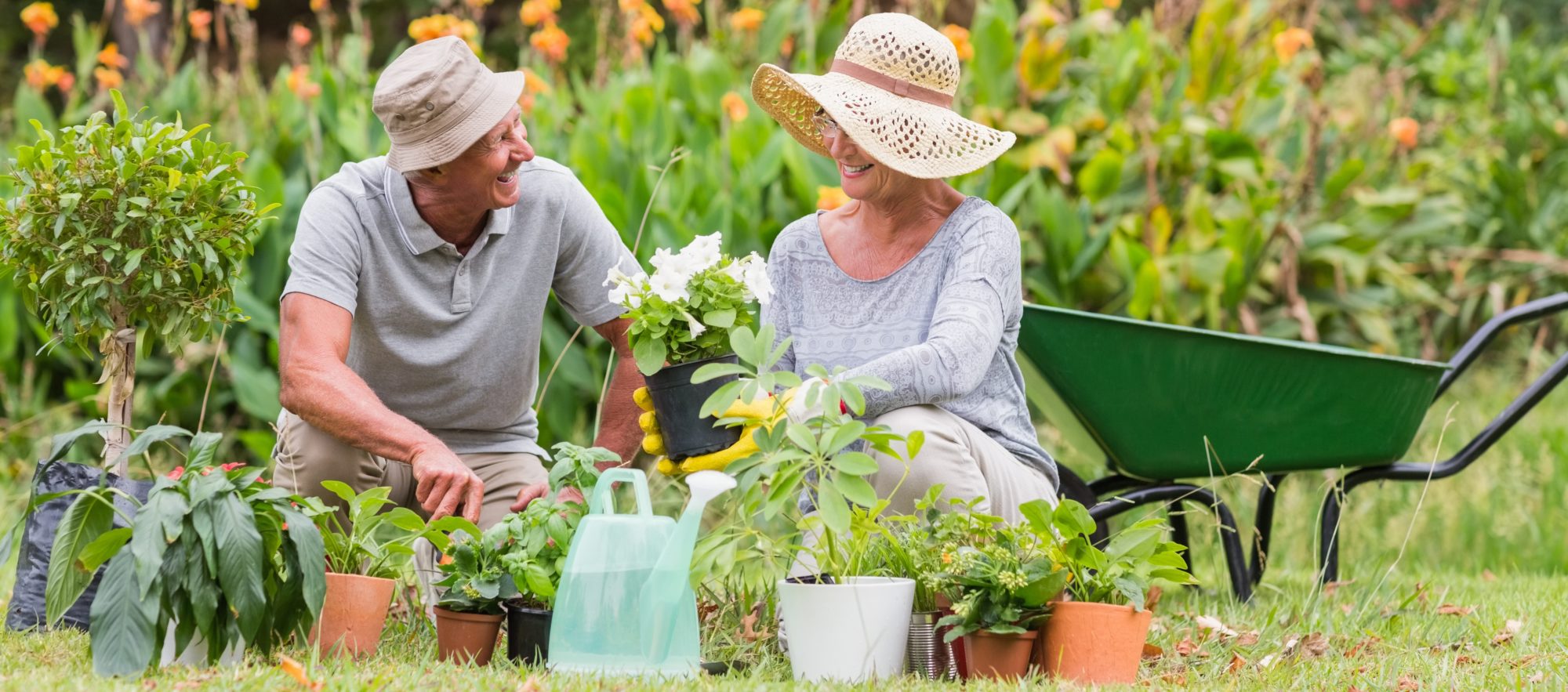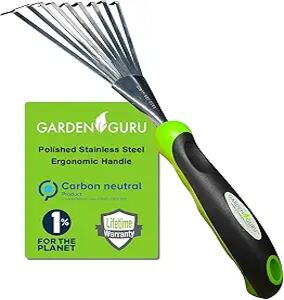Imaginative Gardening Concepts to Make The Most Of Small Spaces and Yields
Imaginative Gardening Concepts to Make The Most Of Small Spaces and Yields
Blog Article
The Comprehensive Overview to Gardening: Discover the Advantages of Various Styles and Methods
Horticulture incorporates a varied selection of styles and strategies, each offering unique advantages tailored to specific preferences and ecological contexts. As we check out these different designs, it comes to be obvious that the options made can substantially influence both the yard's health and its payment to the surrounding setting.
Comprehending Gardening Fundamentals
Comprehending the essentials of horticulture is important for cultivating a prospering and sustainable yard. A successful horticulture venture starts with a strong structure of knowledge concerning soil, plant option, and climate factors to consider. Healthy dirt is the keystone of any yard; it offers crucial nutrients, water retention, and an environment for beneficial bacteria - Gardening. Evaluating dirt pH and nutrient levels can guide changes to maximize plant growth.
Picking the right plants is similarly important. Understanding their particular demands-- such as sunshine, water, and spacing-- guarantees compatibility with the local environment and dirt problems. This option procedure must additionally take into consideration the growth routines and lifecycle of plants, enabling a well balanced and aesthetically pleasing garden.
Additionally, efficient watering techniques are important. Over-watering and under-watering can both cause plant anxiety and condition. Applying a schedule based on seasonal changes and plant requirements can enhance water efficiency.
Popular Gardening Styles
What specifies the essence of preferred gardening styles? Amongst the most popular designs is the home yard, defined by its casual layout and a vivid array of flowers and vegetables.
On the other hand, the official garden personifies balance and order, frequently including geometric patterns and carefully cut hedges. This style communicates beauty and sophistication, with thoroughly chosen plants that reinforce an organized visual.
The Japanese garden offers a tranquil and introspective experience, making use of natural environments like water, stones, and plants to produce a tranquil environment. It concentrates on simpleness and equilibrium, motivating contemplation.
Additionally, xeriscaping has actually acquired popularity, particularly in deserts (Gardening). It focuses on drought-resistant plants and effective water use, advertising sustainability while improving landscape charm
Advantages of Container Gardening
Container gardening supplies a wide range of benefits that make it an enticing option for both newbie and experienced gardeners alike. Among the main benefits is adaptability; containers can be placed in different places, enabling garden enthusiasts to enhance sunlight exposure and create aesthetically appealing arrangements. This versatility makes it feasible to garden precede where conventional in-ground gardening might not be possible, such as verandas, patios, or city atmospheres.
In addition, container horticulture provides better control over dirt problems. Gardeners can personalize the soil mix to fit particular plants, guaranteeing optimal get more drainage and nutrient schedule. This is especially valuable for people living in locations with inadequate or polluted soil.
An additional substantial advantage is the minimized risk of bugs and illness. Container plants can be kept track of much more easily, and any issues can be addressed quickly. Furthermore, this technique can minimize the spread of intrusive varieties.
Sustainable Horticulture Practices
Sustainable gardening techniques are crucial for promoting environmental health and wellness and improving biodiversity in our ecosystems. These methods focus on eco-friendly balance, source conservation, and the usage of natural techniques to lessen adverse environmental influences. By utilizing methods such as composting, garden enthusiasts can minimize waste while enriching soil wellness, thus fostering a flourishing yard community.
Water preservation is another important element of sustainable horticulture. Strategies such as rainwater harvesting, drip irrigation, and the use of drought-resistant plants can substantially reduce water usage while making sure that plants receive ample wetness. Moreover, incorporating native plant species into yard designs supports local wildlife and decreases the requirement for chemical plant foods and chemicals, which can be harmful to the environment.
:max_bytes(150000):strip_icc()/garden-glossary-potting-getty-0623-ecf762deed2a43bca2a90183cb03da31.jpg)
Eventually, lasting gardening methods not just contribute to healthier yards yet also promote a more resistant setting, supplying long-term benefits to both the gardener and the surrounding neighborhood.
Tips for Effective Horticulture
To cultivate a flourishing yard, gardeners ought to prioritize cautious preparation and thoughtful implementation of their gardening methods. Begin by assessing the neighborhood environment and soil problems, as these elements substantially influence plant selection and development. Choose plants that are well-suited to your atmosphere, taking into consideration indigenous varieties that will grow with marginal intervention.
Carrying out a well-structured design is crucial (Gardening). Utilize companion growing strategies to promote biodiversity and all-natural pest control, while making sure each plant has appropriate check these guys out area for growth. This not only boosts visual appeals but also improves overall plant health
Routine upkeep is crucial to a successful yard. Establish a consistent schedule for watering, weeding, check out this site and fertilizing. Mulching can help retain wetness and reduce weeds, while also including raw material to the dirt.
Don't ignore the value of observation. Regularly monitoring plant health and growth will certainly permit timely interventions. Finally, be open to learning and adjusting; gardening is a constant procedure that profits from experience and trial and error. By prioritizing cautious planning, implementation, and ongoing upkeep, garden enthusiasts can accomplish a vivid and productive yard that thrives throughout the seasons.
Conclusion


In recap, the exploration of diverse horticulture designs and strategies discloses their diverse benefits, adding to both visual appeal and eco-friendly wellness. Container gardening offers adaptability and access, while lasting practices boost ecological stewardship. By integrating various techniques and methodologies, gardeners can optimize their initiatives, promote biodiversity, and produce functional exterior spaces. Ultimately, this thorough guide works as a useful resource for growing effective gardening experiences, cultivating a deeper link with nature and the surrounding ecological community.
Report this page